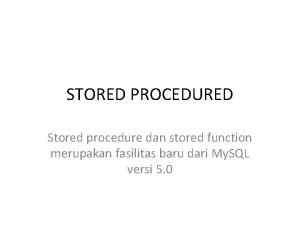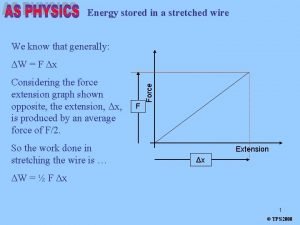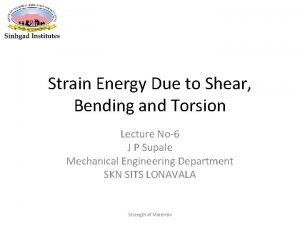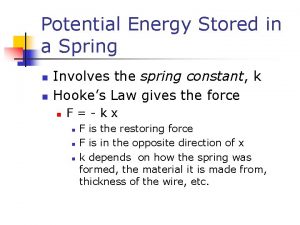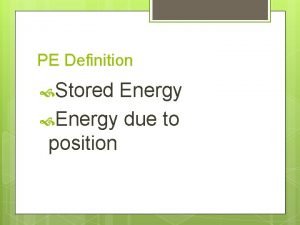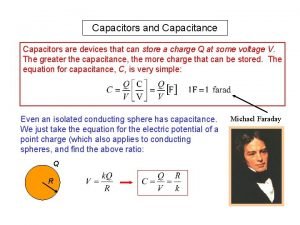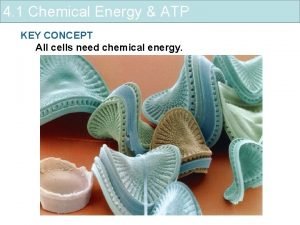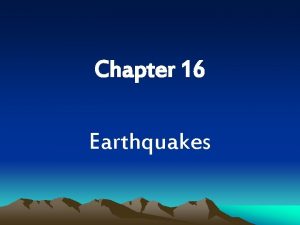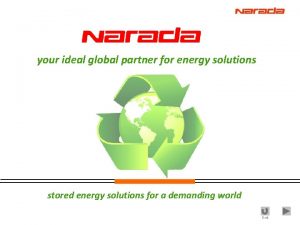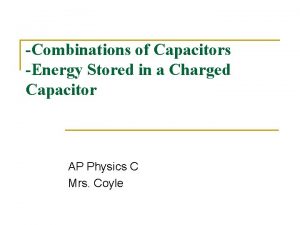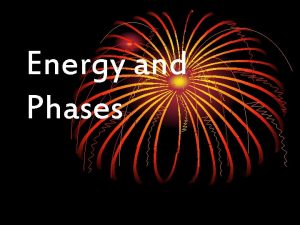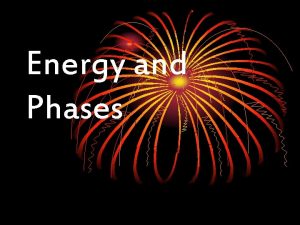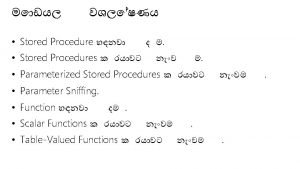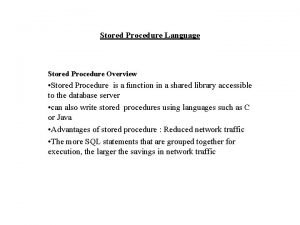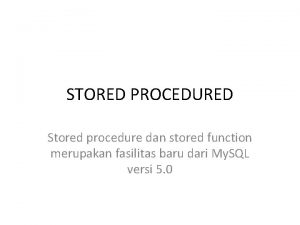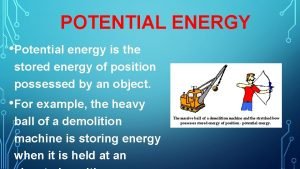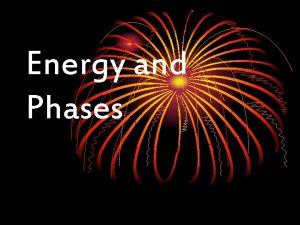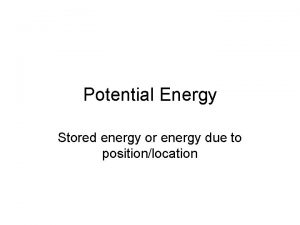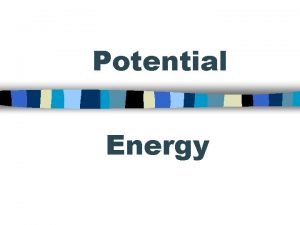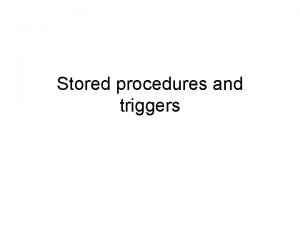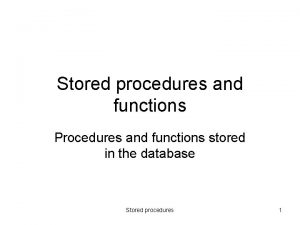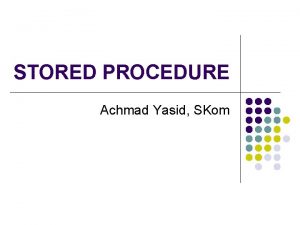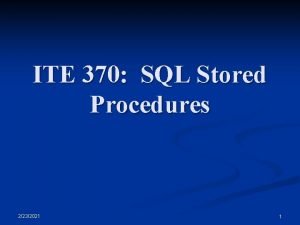Who Needs It ENERGY POTENTIAL Potential energy Stored


















- Slides: 18

Who Needs It? ?

ENERGY: POTENTIAL & • Potential energy – Stored up energy or energy held in readiness KINETIC • Kinetic energy – Energy of motion

ENERGY: The ability to do work & cause change • POTENTIAL ENERGY – Stored-up energy, or energy held in readiness – EXAMPLES: • Elastic Potential Energy – Like slingshot or bungee cord • Gravitational Potential Energy – Like diver on diving board or light bulb in off position • KINETIC ENERGY – Energy of motion – EXAMPLES • moving bicycle • moving auto • high jumper jumping • runner

POTENTIAL ENERGY Energy stored or held in readiness Most potential

THE TRADE OFF Between Potential & Kinetic Energy

KINETIC ENERGY Energy of motion

TYPES OF ENERGY • MECHANICAL – Car, plane, wagon • THERMAL – Heat from moving molecules – Inside all matter; furnace • ELECTROMAGNETIC – Visible light, microwaves, radio waves • CHEMICAL – Batteries, matches, body cells • ELECTRICAL – Lightning, power lines • NUCLEAR – Nuclear power plants, atomic bomb, sun & stars

FORCES & MOTION • FORCE – A Push or a Pull • MOTION – A Change of Position or Location

FRICTION AS A FORCE • Strength of friction depends on: – Types of surfaces involved – How hard surfaces push together

TYPES OF FRICTION • SLIDING FRICTION – 2 solid surfaces – Strength depends on roughness of surfaces • ROLLING FRICTION – One solid rolls over the other – Much easier to move object • FLUID FRICTION – Solid moving through a liquid or gas – Less than sliding friction

GRAVITY AS A FORCE • FREE FALL – Object accelerates as it falls due to gravity – Object accelerates at rate of 9. 8 m/s 2 • Every second velocity increases by 9. 8 meters per second • @ 2 seconds velocity is 9. 8 m/s + 9. 8 m/s = 19. 6 m/s • @ 3 seconds velocity is 9. 8 m/s + 9. 8 m/s = 29. 4 m/s

GRAVITY AS A FORCE • AIR RESISTANCE – Type of fluid friction that opposes motion • WEIGHT – Measures force of gravity on object – Weight = Mass X Acceleration due to Gravity

WHAT MAKES OBJECTS START MOVING. . . STOP MOVING. . . SLOW DOWN. . . SPEED UP. . . or CHANGE DIRECTION?

NEWTON’S FIRST LAW • An object at rest remains at rest and an object in motion remains in motion unless acted upon by an outside force.

NEWTON’S SECOND LAW • THE FORCE EXERTED BY AN OBJECT IS RELATED TO ITS MASS & ITS ACCELERATION • AN OBJECTS ACCELERATION IS RELATED TO ITS MASS & THE FORCE REQUIRED TO MOVE IT • FORCE = MASS X ACCELERATION

WHAT AFFECTS WHAT? FORCE = MASS X ACCELERATION FORCE ACCELERATION MASS FORCE ACCELERATION

NEWTON’S THIRD LAW • For every action, there is an equal & opposite reaction

THE END
 Procedured
Procedured Total energy of stretched wire is
Total energy of stretched wire is Unit of potential
Unit of potential Electric potential energy
Electric potential energy Expression for electric potential difference
Expression for electric potential difference Primary needs and secondary needs
Primary needs and secondary needs Primary needs and secondary needs
Primary needs and secondary needs Henry murray theory
Henry murray theory Strategic gender needs and practical gender needs
Strategic gender needs and practical gender needs Procedure of need analysis in esp
Procedure of need analysis in esp Derive the expression for strain energy due to bending
Derive the expression for strain energy due to bending Energy stored in a spring
Energy stored in a spring Stored energy due to position
Stored energy due to position Energy stored in a capacitor formula
Energy stored in a capacitor formula Is atp chemical energy
Is atp chemical energy The sudden release of energy stored in rocks causes a(n)
The sudden release of energy stored in rocks causes a(n) Stored energy solutions
Stored energy solutions Relationship of the sun to the earth grade 7
Relationship of the sun to the earth grade 7 Voltage across capacitors in series
Voltage across capacitors in series
